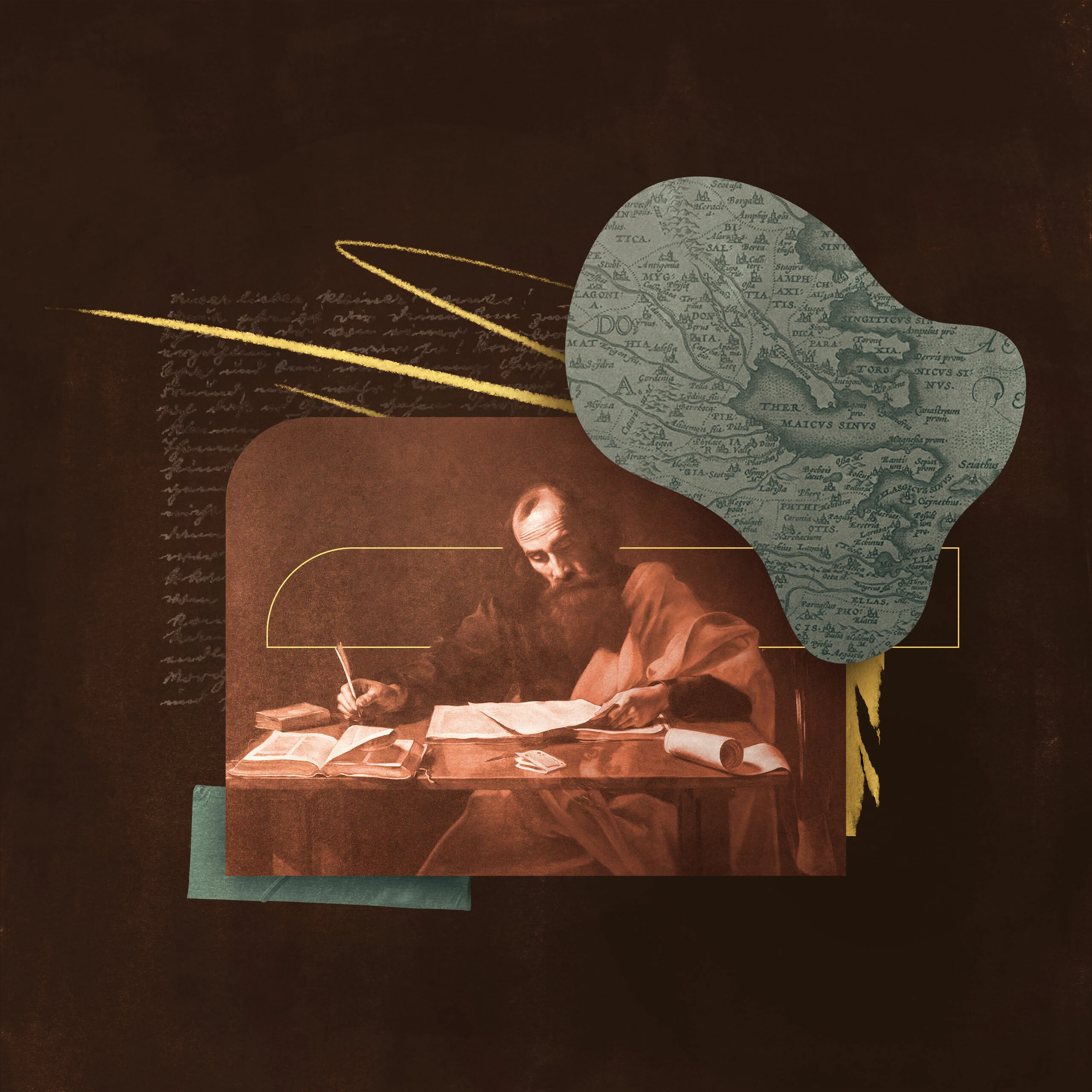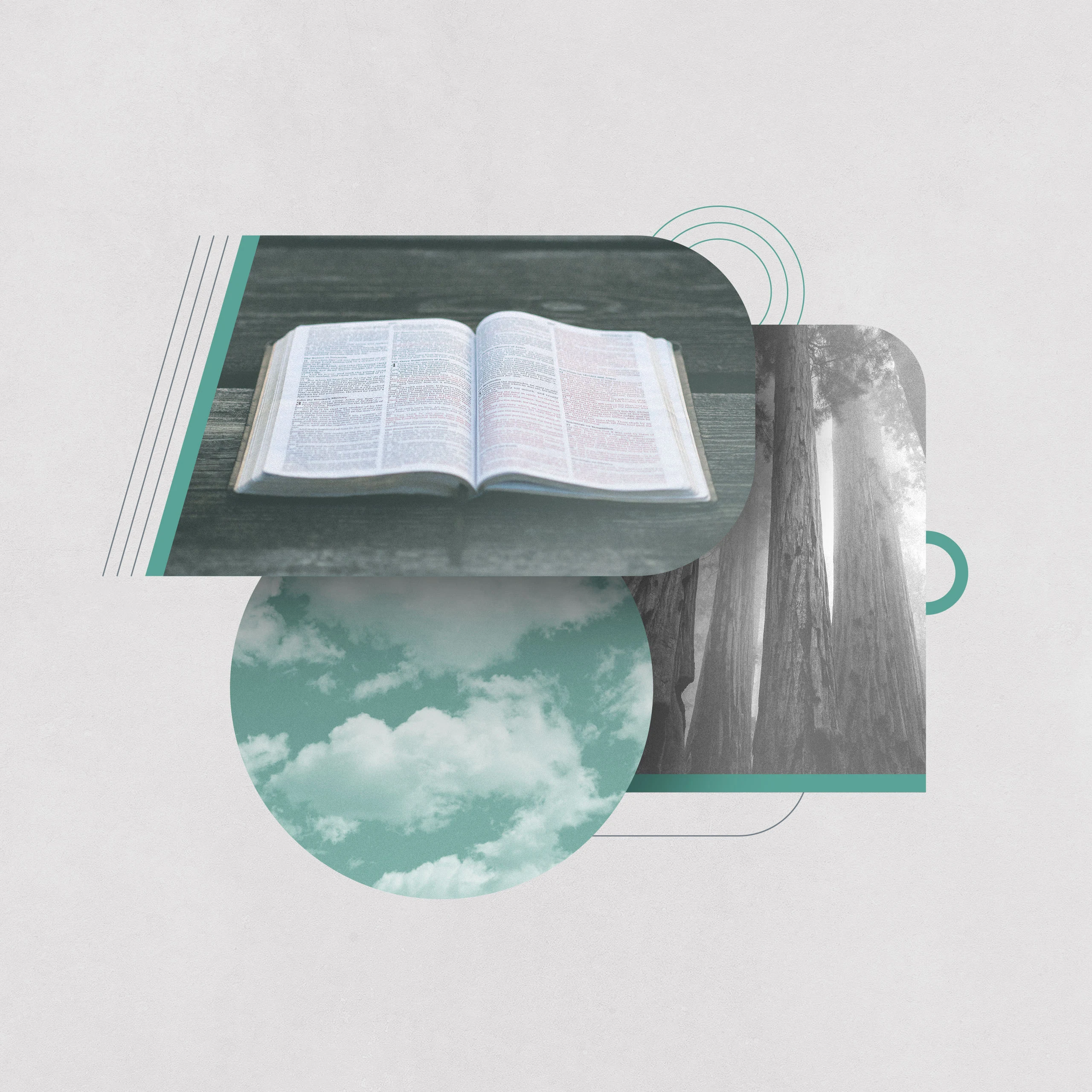3 Things You Should Know About 1 & 2 Thessalonians

First and 2 Thessalonians are two of the least-known letters of the Apostle Paul. It is quite possible that 1 Thessalonians was his first letter, written after his labors in Thessalonica in AD 49–50. There is a lot to know about these letters, but we’ll just look at three things.
1. The letters were written to Christians facing persecution.
The church in Thessalonica was planted by Paul, along with his ministry partners Silas/Silvanus and Timothy (1 Thess. 1:1). This occurred during Paul’s second missionary journey recorded in Acts 17:1–15. As was Paul’s custom, he found the local synagogue and “on three Sabbath days he reasoned with them from the Scriptures, explaining and proving that it was necessary for the Christ to suffer and to rise from the dead, and saying, ‘This Jesus, whom I proclaim to you, is the Christ’” (Acts 17:2–3).
“Some” of those from the synagogue, some “devout Greeks,” and many “leading women,” began a congregation (Acts 17:4). This caused the Jews to form a mob and storm the house of Jason (Acts 17:5). When Paul and Silas were not found, they hauled Jason and some believers before the magistrates of the city. When they did so, they uttered some of the most famous words to describe the church: “These men who have turned the world upside down have come here also” (Acts 17:6). Christianity was an unwelcome intrusion to the status quo of Thessalonica. The Thessalonian Jews’ description echoed that of Emperor Claudius (AD 41–54), who in AD 41 described the spread of the gospel as “a general plague which infests the whole world.” This charge of “turning the world upside down” caused the ears of the city rulers to perk up: “They are all acting against the decrees of Caesar, saying there is another king, Jesus” (Acts 17:7). The church then sent Paul and Silas “away by night to Berea” (Acts 17:10). The Jews followed them, causing Paul to flee even further into Athens while Silas and Timothy stayed behind (Acts 17:14–15).
As a persecuted pastor himself, Paul’s great pastoral desire in his first letter to the persecuted Thessalonian Christians was that they would persevere in their faith, hope, and love. He said in his second letter to them, “Do not grow weary in doing good” (2 Thess. 3:13). He wanted them to rekindle their zeal. Because the Thessalonian congregation began and continued to exist under duress, Paul wrote to spur them on. This can be seen in how Paul gives thanks for the Thessalonians, “remembering before our God and Father your work of faith and labor of love and steadfastness of hope in our Lord Jesus Christ” (1 Thess. 1:3).
2. The letters were written to provide comfort and clarity about dying in Christ.
In these letters, Paul dealt with pastoral problems related to eschatology—the doctrine of the last things. In 1 Thessalonians 4, Paul responds to the idea that those who died before the Lord’s second coming were lost forever (1 Thess. 4:13). Paul’s correction of their theology was intended to bring comfort to their souls. He did not want them to “grieve as others do who have no hope.” Instead, he wanted them to “encourage one another” and build up one another with the comforting doctrine of Jesus’s second coming (1 Thess. 4:18; 5:11).
Christ’s coming gives hope in grief and transforms that grief for the Christian. In fact, “God will bring with [Jesus] those who have fallen asleep” (1 Thess. 4:14). The body of a believer in the grave is dead, yet the soul is at rest because it is with the Lord: “For since we believe that Jesus died and rose again, even so, through Jesus, God will bring with him those who have fallen asleep” (1 Thess. 4:14; see Rev. 6:9–11; 14:13). The resurrection of believers’ bodies is based on the resurrection of Jesus’ body. Those who die in the Lord go to be with Him, so that with Him they can come to earth at the end. This comfort of Christ’s coming again also gives hope for eternity: “And so we will always be with the Lord” (1 Thess. 4:17). Always!
Paul then shifts to believers who are alive when Jesus returns: “Then we who are alive, who are left, will be caught up together with them in the clouds to meet the Lord in the air, and so we will always be with the Lord” (1 Thess. 4:17). The second coming will bring with it a heavenly reunion between us and the Lord. It will also bring a reunion between us and our loved ones who have died in Christ. What a precious thought. We will be caught up with our loved ones “to meet the Lord,” to “always be with the Lord.” This reunion with our loved ones will take place “in the clouds” to then meet the Lord “in the air.” This is an Old Testament way of speaking of the presence of the Lord (see Ex. 19; 24; Isa. 6). His coming will be climactic. The Lord’s descent from heaven will be with “a cry of command” (the word of an authority to His subjects), “the voice of an archangel” (the chief of angels), and “the sound of the trumpet of God” (the shofar of war as at Jericho).
3. The letters contain a perplexing passage about the Antichrist.
Second Thessalonians 2 is one of those passages in Paul’s writings that Peter may have had in mind when he said, “There are some things in [Paul’s writings] that are hard to understand” (2 Peter 3:16). After clearly and comfortingly writing about the second coming of Christ in 1 Thessalonians, these dear Christians received the confusing message from false prophets who said, “The day of the Lord has come.” Paul exhorted these believers not to be “shaken in mind or alarmed” or “deceived” (2 Thess. 2:2–3). He said “that day [the second coming] will not come, unless” or “until” the coming of two things: 1) the great apostasy, and 2) the revealing of the man of lawlessness.
Apostasia (“apostasy,” NASB; “rebellion,” ESV; “falling away,” KJV) is not used for political rebellion, but for doctrinal and ethical turning away from the Lord. The man of lawlessness is the embodiment of the opposition to Jesus, His kingdom, and His church. Elsewhere in the New Testament, he is called “the antichrist” (1 John 2:18). Satan is at work and is preparing the way for the final Antichrist to be “revealed” (2 Thess. 2:3, 6, 8). Paul uses this same root word to describe the “revelation” of Jesus at the end of the age (2 Thess. 1:7). The Antichrist mimics Christ.
When will the Antichrist be revealed? After “what is restraining him now . . . is out of the way” (2 Thess. 2:6–7). The identity of this “restraint” has been a mystery and a debated point of exegesis since the ancient church. Some have said it is the Holy Spirit. Other greats such as Tertullian and John Chrysostom said it was the Roman Empire. Calvin said “what is restraining” was the universal preaching of the gospel. Even Augustine of Hippo (354–430), in his magnum opus, said, “For myself, I confess, I have no idea what is meant.” Ultimately, Paul’s teaching is intended to encourage Christians that Christ will overcome the darkness of Satan and his kingdom (2 Thess. 2:8).
Even in persecution, death, and rampant sin and evil, the Lord Jesus remains on His throne, building His church and orchestrating all of history for His good purposes. First and 2 Thessalonians may be two of the least-known letters of the Apostle Paul, but tolle lege, take up and read.


